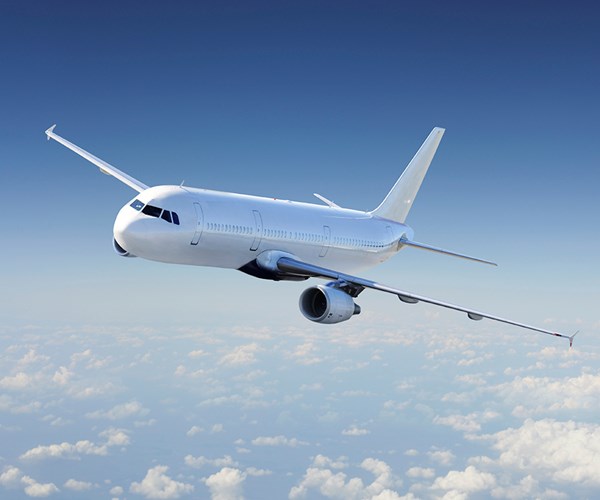Protecting Composite Surfaces Against the Elements
Sponsored ContentAerospace composite surfaces are subject to weathering, erosion and other potential damage. Surfacing films not only protect the structural fibers but provide an addition layer to protect composite materials from external influences. (Sponsored Content)
Share

Aircraft composite surfaces are subject to weathering, including rain erosion, as well as other environmental damage. As a result, a hard film surface and smooth finish has become increasingly important.
Composite surfaces are subject to weathering, including rain erosion, as well as other environmental damage. To protect the underlying plies, the film must be strong enough to mitigate potential damage from mechanical abrasion, UV exposure, and must provide a barrier for subsequent processes like sanding or paint removal.
Surfacing films can also help address the effect of thermal cycling. Thermal cycling can create microcracking in the aircraft surface coating. These tiny cracks can allow moisture ingression, which can ultimately lead to corrosion or delamination. Microcracking can be minimized by closely matching coefficient of thermal expansion (CTE) of prepregs, surfacing film and paint coating systems.
Henkel’s LOCTITE EA 9845 surfacing films are epoxy-based composite films manufactured with non-woven fabric for support and are designed to improve the surface quality and protection of…READ MORE.









.jpg)








